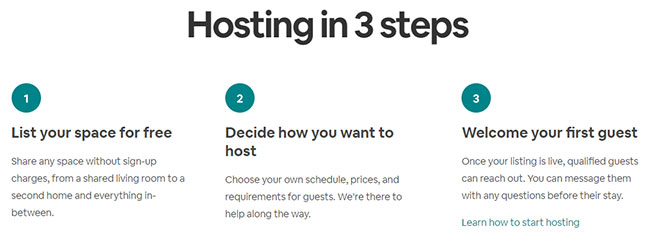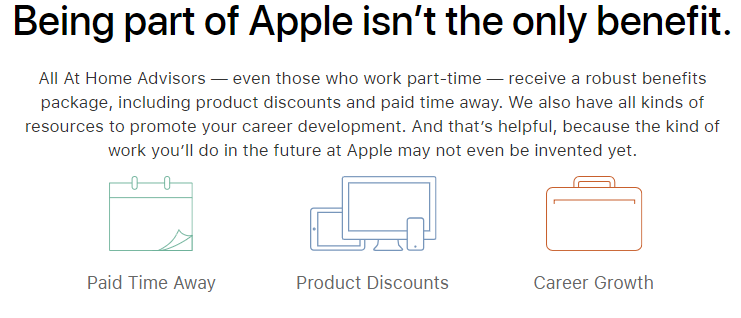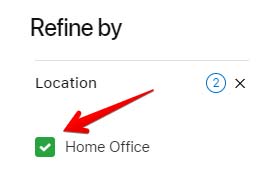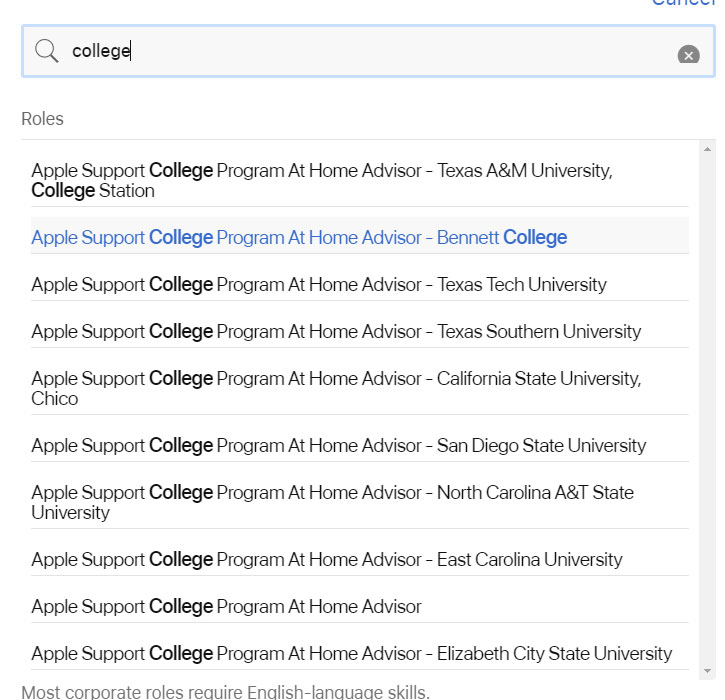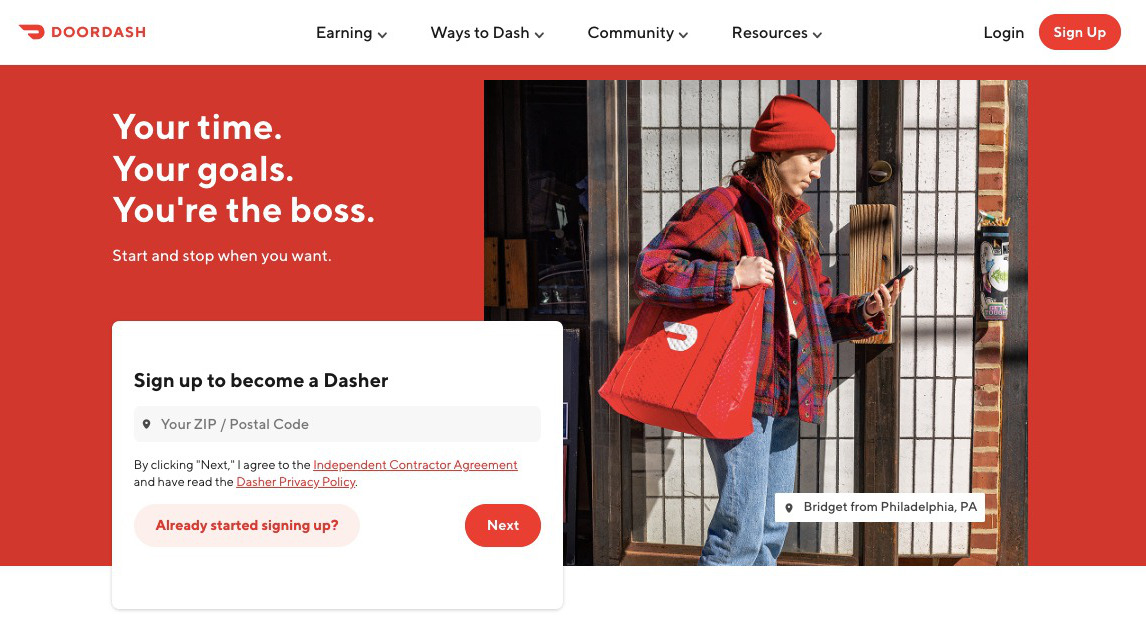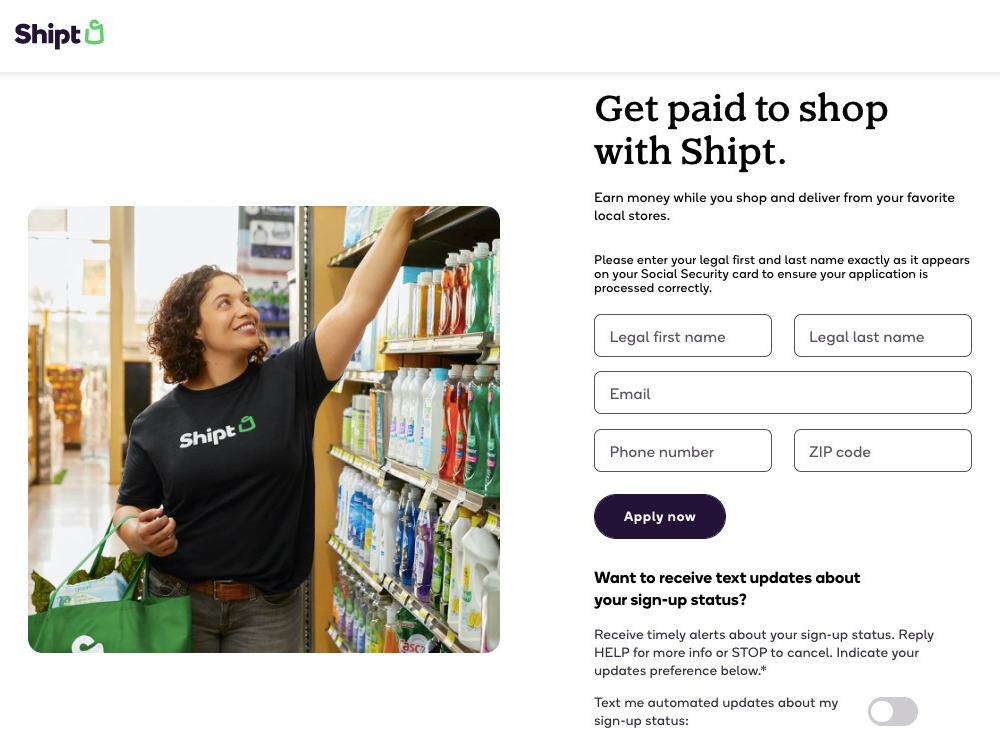Food lovers rejoice! You can actually get paid to eat.
Foodies are taking over the world, and all the photos on social media and all the food blogs are proof of this.
Whether you like street food, fast food, or gourmet meals prepared in Michelin-starred restaurants by the best chefs in the world, I’m sure you’ve wished someone would pay you for eating the most delicious dishes you can get your hands (and mouth) on.
Well, now you can!
Today, let’s look at some of the ways you can get paid for indulging your taste buds.
Legit Ways to Get Paid to Eat
Unfortunately, no one is going to just straight up pay you cash to eat a bowl of Cheerios, as awesome as that sounds.
Unless you become a food critic, you should treat getting paid to eat as a novel way to reduce costs while you’re out or as an opportunity to try something new and get compensated for your time.
Here’s how you can do just that.
1. Join Restaurant Mystery Shopper Agencies
Restaurants, bars, ice cream houses, and other establishments that sell food want to check from time to time if their employees are doing their jobs correctly and following the company’s standards.
These establishments then hire a mystery shopping agency to send mystery shoppers (in this case, mystery eaters) to go to the restaurant, order food for dine-in or take-out, inquire about services, or perform other tasks indicated in the assignment.
Restaurant mystery shoppers (yup, that’s you!) will have to take photos and videos, send receipts, answer a survey, or simply fill out a report form and send it to the agency, which will then forward the results to the restaurant owner.
Keep in mind that you’ll be paid directly by the agency and not by the owners of the establishments you’ve visited.
How much can you earn?
As a mystery shopper for the food business industry, you’ll get to eat out without having to pay a cent.
In some cases, this also includes all your drinks. If you’re assigned to the restaurant of a hotel, you usually get to stay at the hotel for free.
However, some mystery shopper agencies pay extra cash on top of your free food, drinks, and hotel stay.
Where to Find Restaurant Mystery Shopping Gigs
If you’re new to this industry, don’t skip MSPA Americas and absorb everything you can learn about mystery shopping.
This website also has a marketplace and job board, so check out possible assignments there.
Other popular dining-related mystery shopping sites you can try are:
- Mystery Dining by HGEM
- Coyle Hospitality Group – Earn $20-$40 per task
- MarketForce – Pays $15 to $35 via check or direct deposit
- The Source – Available in the UK, Canada, and the US. Pays mystery shoppers up to $40 per assignment
- Satisfaction Services Inc.
- Mystery Shoppers America
- A Closer Look
- Reality Based Group
- BestMark
- Second to None
Note that general Mystery Shopping websites cater to everything from retail stores to groceries, but you may also find assignments there that cater to restaurants and the food industry.
Steve’s Top Pick: Survey Junkie
At Survey Junkie, you work with brands directly as an influencer to help them shape their products while getting paid to give feedback.
Members earn bonus points for every activity completed. They can then redeem these points for gift cards or straight cash via Paypal.
Survey Junkie is free to join and the points never expire, so it’s worth creating an account just to see what offers pop up.
2. Become a Food Tester
Food tasting is a bit more technical than restaurant mystery shopping.
As a mystery shopper, you get to check how food is handled or presented, how customer service is maintained, and how the venue looks from your perspective.
Almost anyone can become a mystery shopper, as long as they’re close to the assignment location.
By contrast, food testers must have special skills in taste and odor recognition, no food allergies, and the unique ability to describe the food as clearly and precisely as possible. Food testers must also be of legal age and reside near the testing location.
How much can you earn?
Food tasting and food tester part-time gigs are rare, but if you see sites that invite people regularly, these gigs usually won’t earn you cash, but rewards that can be exchanged for gift cards.
Food tester positions are more available as full-time jobs and listed as many names such as “sensory panelist,” “food taster,” “sensory tester,” “food scientist,” “food tester,” and so on. Watch out for these positions on regular job boards such as Indeed.com.
If you do land a full-time food tester job, you can reportedly earn around $16 to $20 an hour with interesting assignments, like trying out frozen food throughout the day.
Where to Find Food Testing Jobs
Aside from regular job boards, you can check out openings from these companies:
- Contract Testing Inc. – Pay depends on the length of testing.
- MMR – New York-based and requires experienced sensory testers.
- Focus & Testing
- Sensory Service Center | NC State University
- L & E Research
Other food companies such as McCormick Corporation do their research in-house.
3. Get Cashback When You Eat Out
There are numerous things you can do to earn cashback.
From doing online groceries and exchanging your receipts, to dining out using cash-back cards to get back 1% of your total receipt, you’ll be amazed at the money you’ll either earn or save.
If you’re just discovering the world of cashbacks, you might get overwhelmed at just how much food-related rebates are available for you to take advantage of.
To keep things simple and organized, download a cashback app like Ibotta and check it out before choosing a place to dine out.
Here are other apps you can download to get cashback from eating out at restaurants:
- Dosh
- Gambeal
- Mogl
- Seated
- Drop – many other brands aside from restaurants; earn point to convert to cash or gift cards
4. Join Food-Based Studies
I talked about online research studies in the past, but in this scenario, I’m referring to food-related studies.
For example, Southern Californians were invited for a 6-month trial about the benefits of eating avocados per day.
These research studies are often conducted by universities, so keep updated with local news and universities near you.
5. Get Paid To Review Restaurants
If you have both a flair for writing and an adventurous palate, you can get paid to review restaurants and eat a good meal too.
As a food critic, you are assigned to visit different restaurants, order their specialties, eat them all up, and review everything about the restaurant, including food quality, atmosphere, and service.
Keep in mind that critic reviews can make or break a restaurant, so make sure to visit the restaurant multiple times and to make your review as detailed, fair, and informative.
You can do this as a freelancer; start a blog and use your blog to earn money from your reviews. As you establish your reputation, you can get noticed by bigger publishers and your work can be published by other curated blogs, newspapers, magazines, travel guides, and other media.
6. Eat Competitively
Competitive eating is not for the faint of heart.
It is a legitimate event (some might even say it’s a sport) where people train for months to increase their stomach capacities and improve their eating speeds of various foods.
On the plus side, you get truckloads of free food. On the other hand, you have to eat this truckload of food all at once.
There are annual events where people compete to eat the most bacon, jalapenos, poutine, ribs, and of course, hotdogs, and many more.
The prizes of up to $10,000 for a day or two of competing definitely make competitive eating appealing, even if the “sport” has been criticized as promoting obesity and encouraging people to join even with its known risks such as choking, weight gain, high cholesterol, etc.
7. Get Paid to Eat Healthy
And on the complete opposite side of the spectrum, this one could also be titled, “bet on yourself to not eat as much.”
There are sites like DietBet where you can join a pool of contestants in weight loss challenges.
You pay a fee to join the pool, then you set a weight loss goal. Those who achieve it get to split the total prize pool. Super simple.
You take a photo of yourself and the scale at the beginning of the bet, and then again at the end. If you hit your goal, you get paid. Simple as that.
They’ve paid out over $140 million so far and have helped their users lose over 15 million pounds.
8. Get Paid To Eat on Camera
This trend started in Korea and is called mukbang from two Korean words that mean “eating” and “broadcast.”
In a mukbang, a person eats a ton of food while interacting with an online audience and broadcasting the entire meal live.
But it’s quickly spreading around the world and if you’re interested, you can also get paid to eat on camera.
One of the most popular Korean mukbang eaters was TV Diva, real name Park Seo-Yeon, who has devoured four boxes of pizza on camera, as well as a dinner of 3 kilos of beef.
She has since retired, but when she was active, she reportedly spent more than $3k for the food she consumed but earned a whopping $10,000 or more each month for her broadcasts alone.
But if the thought of consuming this much food doesn’t appeal to you, there’s an emerging trend or sub-genre of mukbang called sosik mukbang, which involves eating smaller portions.
If you want to follow in The Diva’s footsteps, choose a livestreaming platform, such as Facebook Live, Twitch, Instagram Live, YouTube Live, or any other live streaming platform, then broadcast your meals regularly.
Every platform has different terms for earning cash, so learn how to monetize appropriately.
9. Get Paid To Test Recipes
Before a restaurant releases a new dish, or before a chef or celebrity releases a cookbook, someone needs to test out the recipes and make sure that someone who follows the recipe to the letter ends up making a delicious dish.
A recipe tester prepares the recipe as written out in the instructions: collect the ingredients, measure them exactly, and cook them according to the exact order, manner, and temperatures indicated.
They then make careful notes on preparation times, improvements to be made in the ingredients, measurements, and procedure, and provide feedback to the creator of the recipe.
First, build your portfolio by going to America’s Test Kitchen and accepting unpaid gigs to test recipes for them. Also, approach your favorite food bloggers or cookbook authors to help out.
Then, you can start finding clients who will pay for your expertise and experience, such as restaurant chefs, food scientists, and food writers.
It may take some time before you actually get paid, but once you get paying clients, you’ll be rewarded handsomely and it can blossom from a gig into an actual career.
10. Get Paid to Take Food Photography
If you’re lucky to be skilled in taking food photos, or have a partner who knows their way around the DSLR, then try your luck with food photography.
To earn from this unique skill, you can submit your work to stock photo sites like Adobe Stock and Shutterstock. You don’t even have to prove you’re a professional photographer. No other qualifications either. As long as the photos are yours, you can submit them to these sites.
Whenever other people purchase your photos for use in their own projects, you get a commission for licensing.
It’s unlikely that this would be able to replace your day job’s income, but it could probably help with paying for food you’ve eaten, so you’re basically eating for free. It’s just that you’ll be receiving the “refund” months or years after the meal.
Get Paid to Eat: Passive Income Methods
The following methods will be a lot of hard work for virtually zero pay in the beginning, but as soon as you get traction, and you build a following, you’ll be earning on a month-to-month basis in thousands of dollars.
11. Become a Food Blogger
The most basic way to get paid to eat is to write your own food blog.
Sure, you’d be investing in money for all the initial recipes you publish on your blog.
You’ll also be learning food photography and basic website publishing tasks (if this is totally new for you), but I promise you it’s going to be totally worth it.
Just ask food bloggers like Pinch of Yum (earning $50k a month in just-ads when they stopped posting income reports in 2016) and Bowl of Delicious (earning six-figures a month).
Learn how to monetize a blog from scratch here.
12. Build a Foodie YouTube Channel
Many bloggers also incorporate a YouTube Channel with their brand.
You can choose to pick just one from either a blog or a YouTube channel, but I recommend taking advantage of both.
After all, opening up a YouTube account is free.
Producing quality videos, on the other hand, could be free if you have equipment, but takes a lot of effort and man hours.
Like building a food blog, the more you upload to your YouTube channel, the more followers you’ll gain. And with videos, every viewer equals x amount of $.
YouTube can be monetized with ads (yes, the ads you see before or in the middle of YouTube videos). You have to join the YouTube partner program to be able to start earning. But many people are making money on YouTube successfully.
13. Become a Food Influencer
As a food influencer, you are invited to restaurant openings, food product launches, parties and other food-related events.
But it isn’t easy becoming a food influencer.
You should first build a following – either from your YouTube channel, blog, podcast, or social media accounts. This will take a lot of hard work before it pays off.
You’ll know when you make it though. Since you’ll be short-listed by brands looking for influencers, you’ll be invited to events, you’ll be even paid to promote food you already love.
Eat Your Way to Extra Cash!
In the past, I talked about getting paid to do nothing, to watch a movie, to read books, to sleep, to walk, to test products, to write or text, and even to house-sit someone else’s home.
Did you even get surprised that there are ways you can get paid to eat?
Of course, aside from the list above, there are plenty of other traditional, professional jobs that involve food, such as a chef, food scientist, or food buyer. You’d get paid more, but you’d have to do further studies and undergo formal training to be successful.
What are you waiting for? Go out there and start getting paid to eat!











